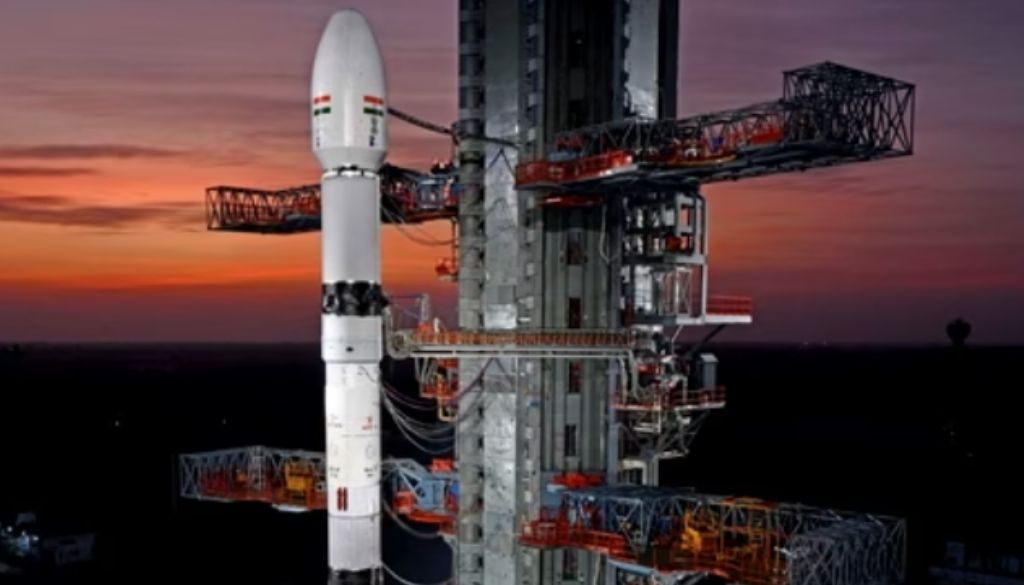ISRO Set to Launch INSAT-3DS Weather Satellite: A Landmark Mission

New Delhi, 17th February 2024: The Indian Space Research Organization (ISRO) is poised to embark on another historic journey today with the launch of a satellite designed to revolutionize weather forecasting. The countdown for the launch of the INSAT-3DS weather satellite commenced on Friday, marking the beginning of ISRO’s 16th mission. The GSLV-F14 launch vehicle is scheduled to liftoff at 5:35 pm on Saturday from the Satish Dhawan Space Center in Sriharikota.
The INSAT-3DS satellite represents a significant advancement in meteorological technology and is fully funded by the Ministry of Earth Sciences. It is intended to serve as a successor to the third-generation meteorological satellite, operating in geostationary orbit to provide precise weather information.
Announcing the mission, ISRO stated, “GSLV-F14/INSAT-3DS Mission: The 27.5-hour countdown has commenced for launch at 17:35 hrs on February 17, 2024.” This marks ISRO’s second mission of 2024, following the successful launch of the PSLV-C58/ExpoSat mission on January 1. The INSAT-3DS satellite weighs 2,274 kg and will cater to various departments under the Ministry of Earth Sciences, including the Indian Meteorological Department (IMD), National Institute of Ocean Technology (NIOT), and more.
The primary objectives of the INSAT-3DS mission include monitoring the Earth’s surface, conducting oceanic observations, and providing vital meteorological data across different spectral channels. Additionally, the satellite will facilitate data collection and dissemination, as well as satellite-aided search and rescue services.
Once operational, INSAT-3DS will enhance meteorological services alongside existing satellites like INSAT-3D and INSAT-3DR. It will support various departments under the Ministry of Earth Sciences, including the India Meteorological Department, National Center for Medium-Range Weather Forecasting, and more, in their efforts to improve weather forecasting and meteorological services using satellite data.








